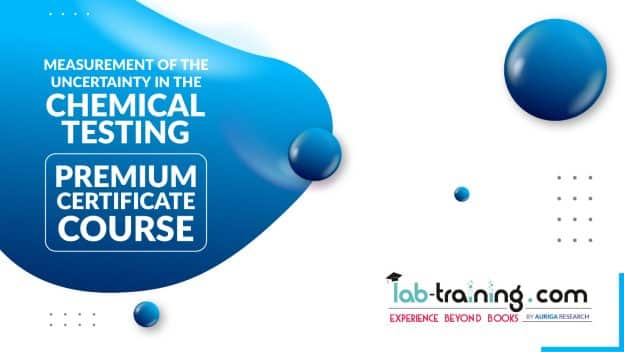To measure uncertainty in chemical testing, a systematic approach is followed that involves identifying and quantifying sources of error and determining their combined effect on the final result. This process is based on the principles of metrology and involves the use of statistical methods to estimate uncertainty.
The International Organization for Standardization (ISO) has developed guidelines for the measurement of uncertainty in chemical testing, which outline the steps to be followed in order to ensure reliable and accurate results. These guidelines include the identification and quantification of all sources of error, the estimation of measurement uncertainties using appropriate statistical techniques, and the reporting of uncertainty values in test reports.
The measurement of uncertainty in chemical testing is important because it provides valuable information about the quality and reliability of test results. This information can be used to make informed decisions about the validity of test results and to ensure that they are fit for purpose. It also helps to improve the overall quality of laboratory analysis by identifying areas for improvement and providing a framework for continuous quality improvement.
Requirement of taking this course
- Whether you’re a recent college graduate looking for your first job or a professional seeking to improve your skills, this course is suitable for you.
- Attendees should possess basic knowledge of science, particularly in chemistry, or have a background in life sciences.
What you will learn
- Identification of common sources of uncertainty
- Uncertainties in analytical process such as sample preparation and analysis.
- Evaluating and reporting uncertainty.
- Applying knowledge of certainty in decision making.
- Calculating combined and expanded uncertainty.
Ratings and Reviews




